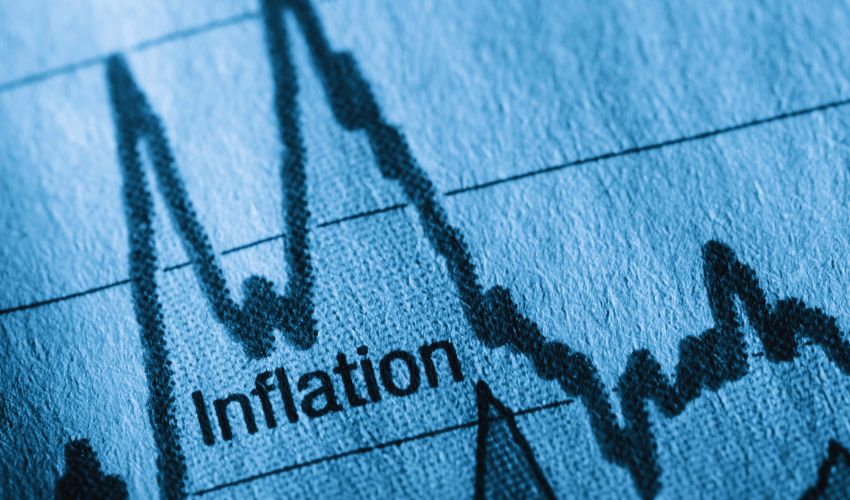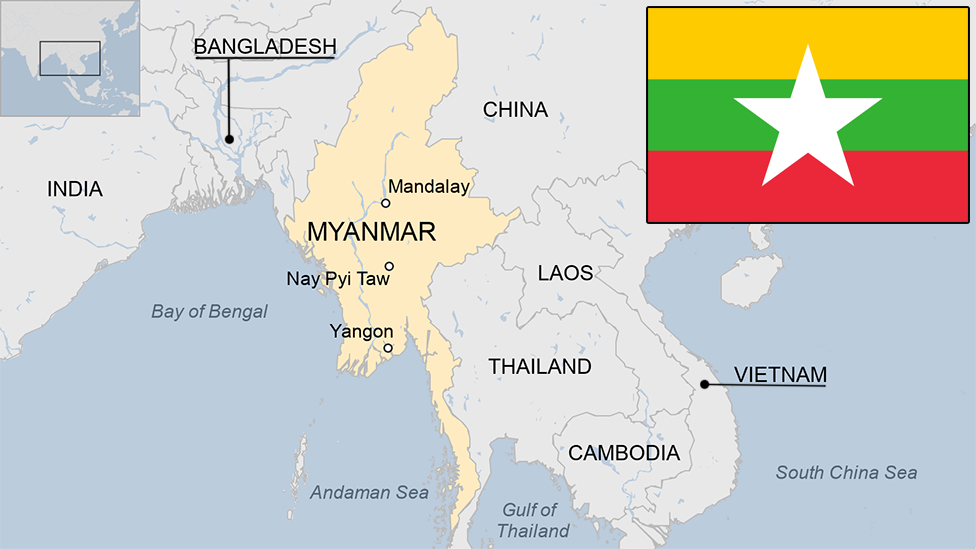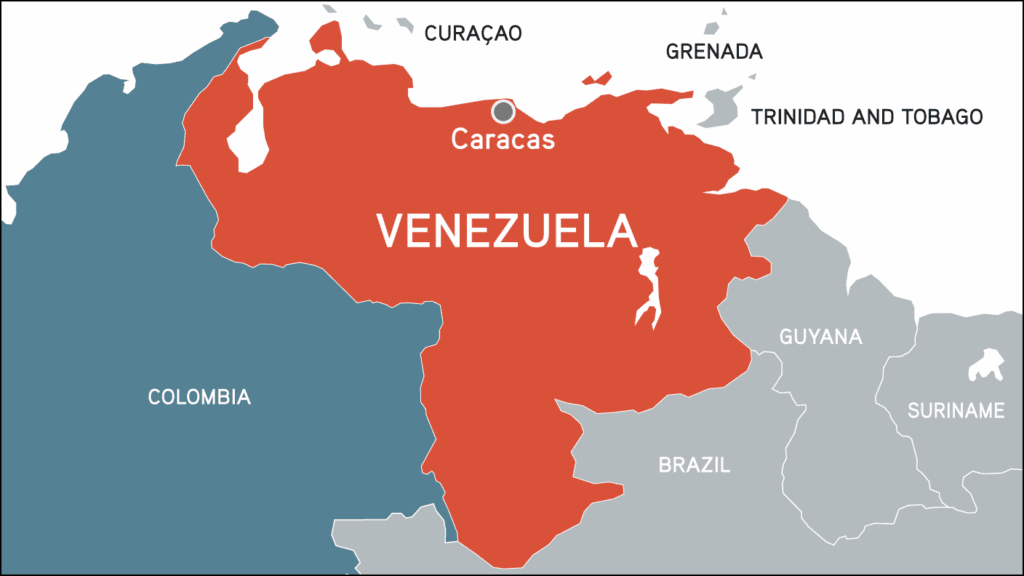Pakistan’s consumer price index inflation rate reached 7.2% in October, up from 6.9% in September, according to data released by the Pakistan Bureau of Statistics (PBS) on Friday. This uptick comes after several months of declining inflation, which peaked at a record high of 38% last year and was at 26.8% in October 2023. The increase occurs just before the State Bank of Pakistan (SBP) convenes its Monetary Policy Committee next week to consider adjusting the current policy rate of 17.5%.
The SBP has refrained from aggressive interest rate reductions to work toward its goal of lowering inflation to a target range of 5% to 7% by September 2025, while also promoting macroeconomic stability.
According to a Reuters poll, analysts expect the central bank to further cut its key interest rate at the upcoming meeting, as efforts to bolster the fragile economy continue amid easing inflation trends.
In October, the inflation rate rose by 1.2% compared to the previous month. The average inflation rate for the fiscal year, from July to October, is currently at 8.7%, which is below the 9.5% forecast by the International Monetary Fund (IMF).
Year-on-year changes reveal significant price increases in both urban and rural areas. In urban areas, the sharpest rises in food prices included Pulse Gram (72.37%), Besan (53.55%), and Onions (38.13%). Non-food items also saw substantial hikes, such as Gas Charges (318.74%) and Motor Vehicle Tax (168.79%).
In rural areas, noteworthy increases in food item prices included Pulse Gram (63.11%) and Onions (53.76%), while non-food prices rose as well, with Motor Vehicle Tax (126.61%) and Woolen Readymade Garments (36.50%) seeing considerable jumps.
On a month-to-month basis, in urban areas, prices for Fresh Vegetables rose by 12.90%, and in rural areas, Fresh Vegetables experienced a substantial increase of 21.32%.













